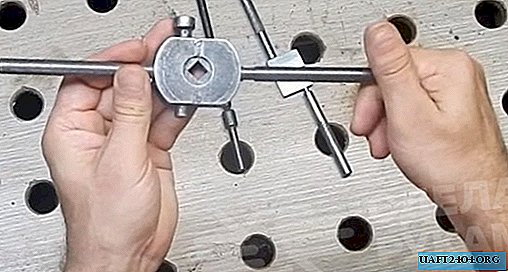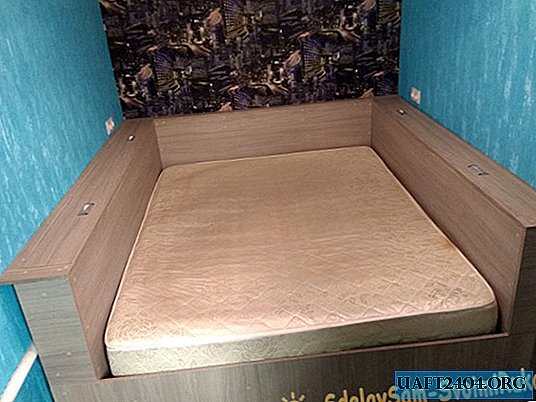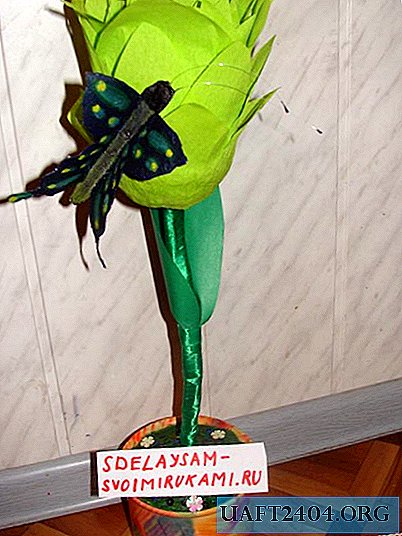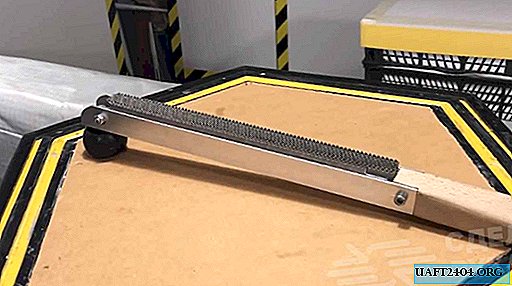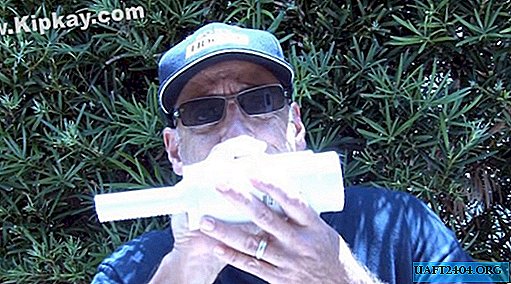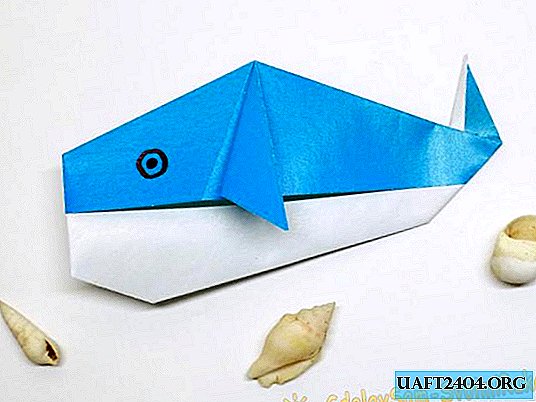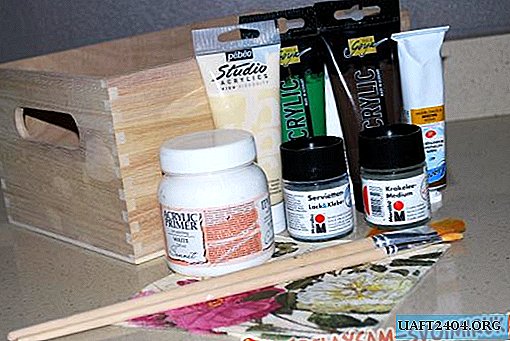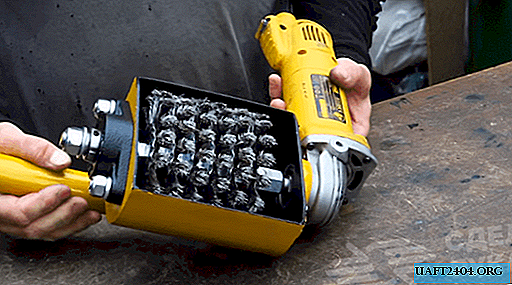Share
Pin
Tweet
Send
Share
Send
The simplest circuit is shown in Figure 1. In order to assemble this circuit, you will need a minimum of parts that can be found in old TVs:
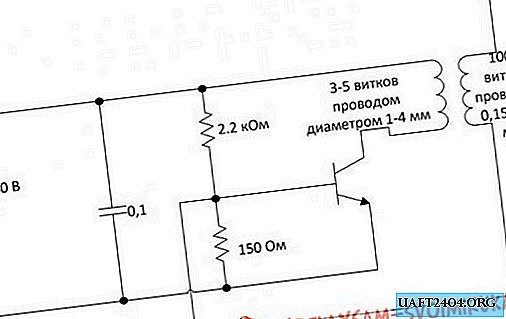
1.2 resistor
2. 1 transistor transition p-n-p (it must be powerful and high-frequency, for example
ct805. See the catalog)
3. 1 Capacitor
4. Copper wire 0.15 - 0.25 mm (can be purchased at the radio store or by unwinding any power transformer)





We buy or unscrew resistors from any radio boards. You can also remove the capacitor from the circuit boards. The transistor can also be unscrewed from the board - they are usually mounted on radiators. Pay attention that the transistor has a pnp junction, if there is an npn junction, you need to change the collector and emitter with the connection points. What can be said about the radiator, then it should be large, and if you do not have a large radiator, then install a cooler on the small radiator. We take out copper wire from any transformer.

Now proceed to the assembly:
We take a tube from cardboard and wind the secondary winding coil to coil wire (0.15-0.25) periodically pouring varnish. This is the most painstaking work. The more turns, the better the final result. Now around the secondary winding we make 3-4 turns with a thicker wire (wire, plate) whose thickness (width) should be 1-4 mm. Next, we connect these 2nd windings to the circuit and connect this device to the network. And what do we see? When a fluorescent lamp is brought to this device, it burns without wires ... We can conduct electricity through the body without harming any organ, for this it is enough to put a hand to the secondary winding and with your other hand grasp tightly to one of the contacts of the fluorescent lamp ...


Note: If the device does not work, then turn over the primary winding, i.e. the magnetic fields of the windings must match. If you wind one winding clockwise, then the second should be wound in the same way.







Share
Pin
Tweet
Send
Share
Send

